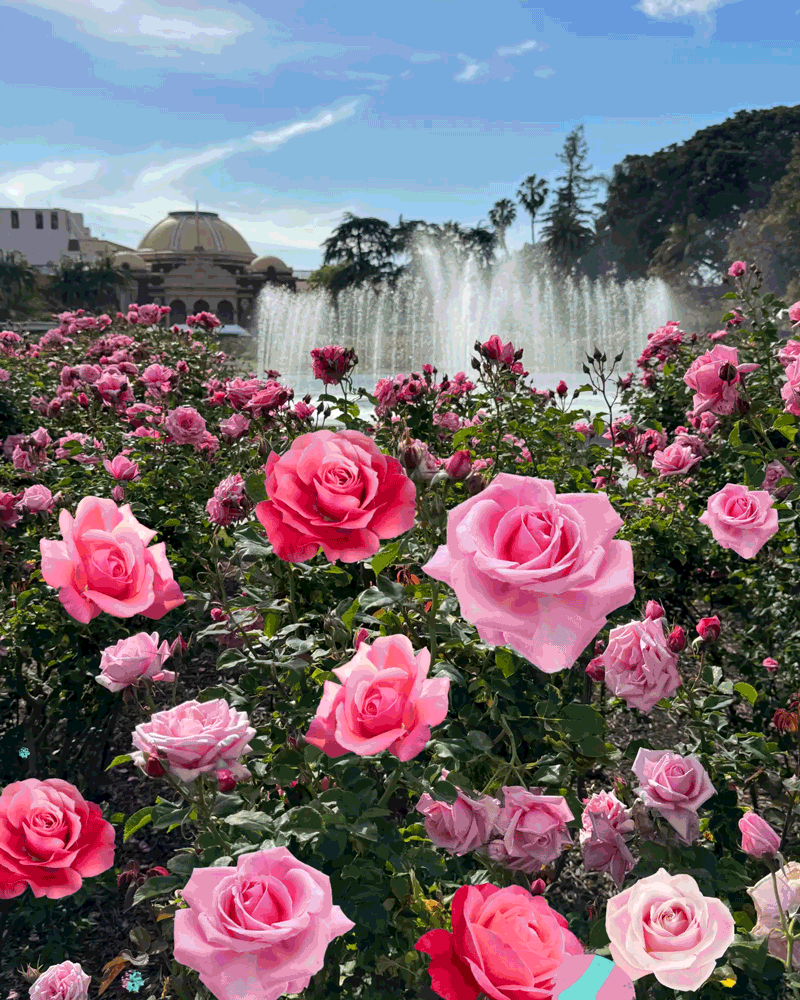A 92-Year-Old French Lady Has Lessons to Teach About Sculpture : Statues Can Make a Garden--Ask Lilli
- Share via
After a starring role at England’s 1995 Chelsea Garden show, living for years in the private garden of a French count and surviving air bombings during World War II, a well-traveled lady recently settled down in Orange County, where she’s likely to spend a long, pampered life.
Known as Lilli Broquet, this larger than life-size cast-iron statue took up residence at Roger’s Gardens in Corona del Mar last week. She will spend her days in a place of prominence in a garden area designed to complement her burnt copper and rusty bronze complexion. Graceful ornamental grass Stipa tenuissima surrounds her.
When the owners of Roger’s Gardens, Ninetta and Gavin Herbert, met Lilli at the Chelsea Garden show, they were immediately drawn to her.
“We saw her, and we both fell in love with her,” says Ninetta Herbert. “She looked flirtatious and charming, and we just had to bring her home.”
The statue depicts a woman standing in a garden with the wind pressing her long gown against her body while a wide-brimmed hat shields her face from the sun. French sculptor Gaston Broquet created it in 1904, using his young wife, Lilli, as a model.
Broquet was only 24 when he sculpted the statue, his only known romantic work. Soon after creating Lilli, he went to war and later earned fame creating statues and monuments dedicated to dead soldiers.
Lilli stood outside the town hall in the eastern French town of Vitry-le-Francois for years until she was slightly damaged during World War II, after which she fled to the count’s home, then to her present home.
Although most gardens aren’t large enough to accommodate life-size statues such as Lilli, just about every garden can be improved with the addition of garden statuary, says Lew Whitney, president of Roger’s Gardens.
“From reproductions of the Greek classics to pink flamingos, designers and everyday gardeners introduce statuary into their gardens,” he said.
Some garden statuaries create an air of romance, while others add whimsy. They can highlight a focal point, create an appreciation of art, introduce a human or animal element, add diversity of form and shape and define destinations, entrances and exits.
Statues come in all shapes, sizes and designs, from life-size, which can run $200 to $600 for a piece that is not commissioned or is not an original, to small ones, which cost $25 to $100.
There are even smaller pieces for $5, such as cherub faces, which can be attached to fences and block walls. For a more playful look, there are frogs, bunnies, ducks, swans, squirrels and small birds available at most nurseries.
When choosing garden statuary, Whitney suggests keeping the following in mind:
* Consider the scale of your garden and choose statues that are the right size. An oversized statue in a small garden isn’t flattering.
* Watch your style choices. If it’s an English country look you want, don’t add Oriental-style statuary.
* Look for complementary colors. Statuary comes in a wide variety of materials and colors such as natural tones, terra cotta, gray, brown, white, pink, bronze, black and sandstone.
* Consider what sits in the background and foreground of your statue, and make sure that the whole picture is a pleasing one.
* Ensure that natural and night lighting complement your garden statuary and set it off. A fountain showcased with outdoor lighting can be an engaging focal point at night.
* Consider security risks. Can your valuable statue be stolen? Is there a way to secure it?
* Ask about installation. Some large statues weigh tons; you may need special equipment to move the statue into your garden.
* Leave adequate access to the statue for maintenance.






